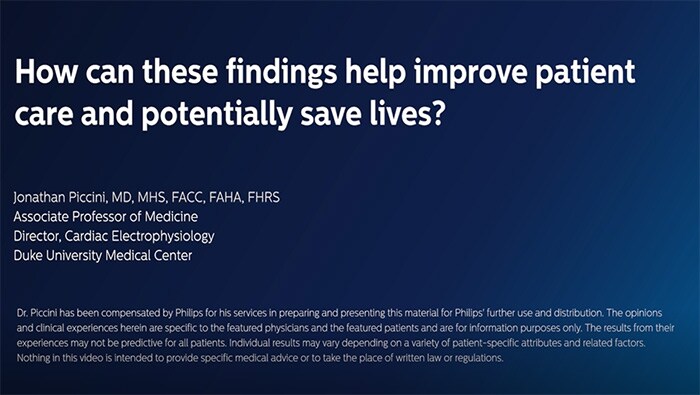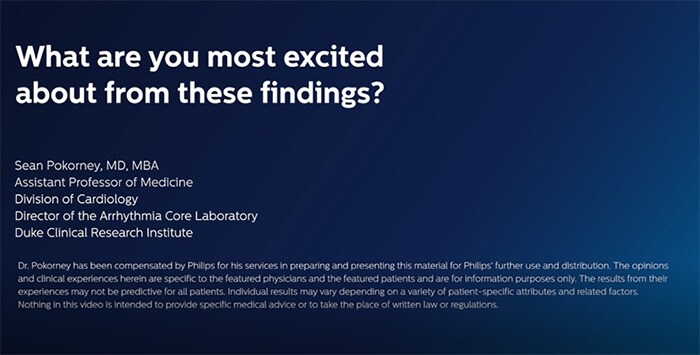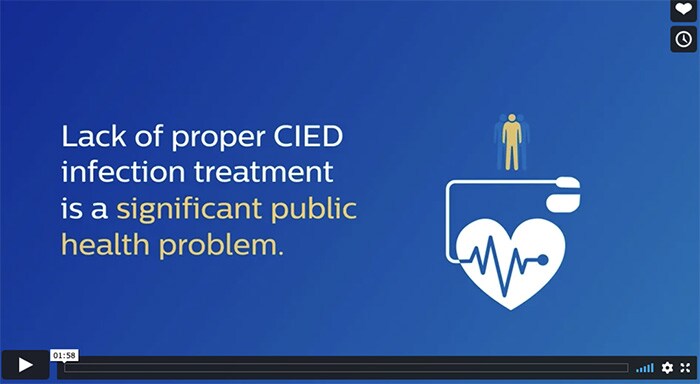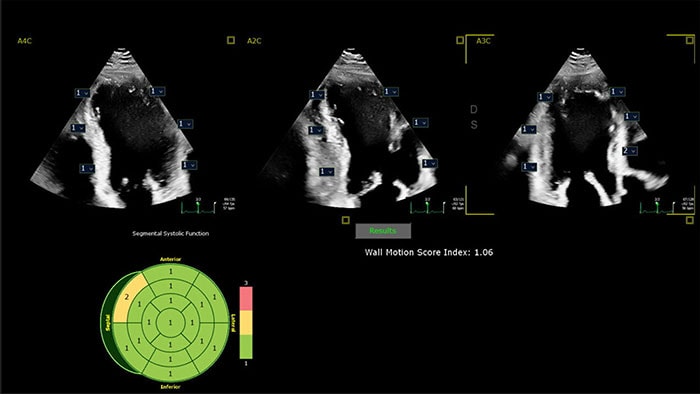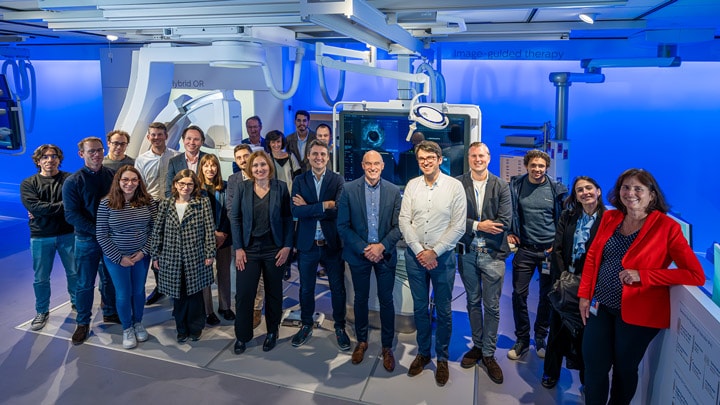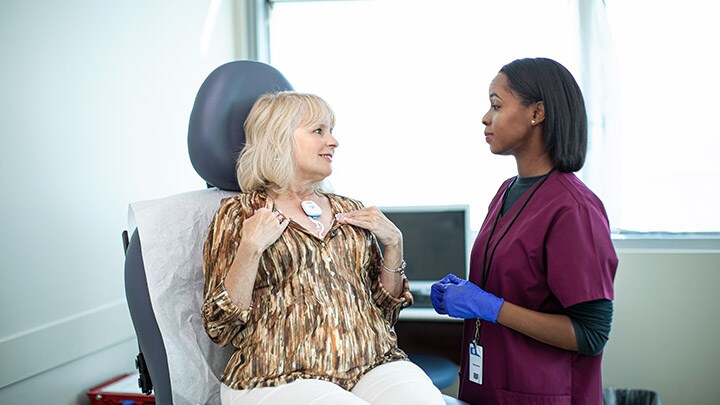Last month, Philips announced late-breaking results of a large-scale, real-world analysis of U.S. Centers for Medicare & Medicaid Services (CMS) data on the rates of guideline adherence and associated mortality in patients with Cardiac Implantable Electronic Device (CIED) infection. To learn more about the findings and their potential to help save lives, we spoke with Jonathan P. Piccini, MD., M.H.S., lead investigator of the study and the Director of Cardiac Electrophysiology section at the Duke Heart Center, and Sean Pokorney, M.D., Assistant Professor of Medicine at Duke University School of Medicine and member of the Duke Clinical Research Institute.
Why is this late breaking clinical trial on CIED infection so important?
Jonathan Piccini, MD: There are a lot of studies that have focused on treatment for device infection in single health systems, but very few analyses have looked at the management of cardiac implanted electronic device (CIED) infections across an entire country. We conducted this nationwide analysis of management of device infections to try to better understand how patients in clinical practice are being treated and to what extent they are benefiting from the full consensus in guideline recommendations for the treatment of cardiac implanted device infections. We found that patients who received extraction within 6 days vs. patients who did not receive an extraction had a 42.9% lower risk of death. By "benefit" we mean not only antibiotic therapy but, importantly, complete hardware removal to eradicate the infection, which can lead to a cure for their infection.
Did any of the data surprise you?
Sean Pokorney, MD: I would say the fact that only one-in-five patients ended up having an extraction and their hardware removed, which is the guideline recommended care, was very surprising. For the study, we selected a population that were at very high risk of doing poorly over time with these infections – meaning these patients had to be on an IV of antibiotics and they had to have a diagnosis of endocarditis. These are the patients that are easiest to identify in this claims-based data set. To see only one-in-five of those patients undergoing extraction was surprising because that means that the proportion of patients who have a device infection that are actually undergoing extraction is probably even lower than one-in-five because of less obvious signs.
Is the issue of CIED infection well known amongst the medical community?
JP: I think one of the challenges with device infection is you only see what you're looking for. A lot of times here in the heart rhythm community we think about device infections and say ‘if we see a device infection, we know how to treat it and all the patients we see with device infection received the consensus and guideline recommended care.’ But I think one of the challenges with that is patients with device infections don't just present to their heart rhythm doctor, they present to primary care physicians, urgent care facilities, or pre-op evaluations where they may meet with a hospitalist service or a general medicine service. So, cardiovascular specialists and heart rhythm specialists who are very aware of this problem when they see it likely know what to do and know how to treat it. But if the problem is not diagnosed — and more importantly, if the problem is not diagnosed in a timely fashion — the patient may not get the care they need.
For four out of five patients in our study to not receive complete hardware removal is concerning, and it's a call for improving public health for CIED infections.
Do you think this is a global problem? If so, how can the global community come together on this?
SP: Our analysis is U.S.-based, but we know that pacemakers and defibrillators exist globally outside the U.S. and we know that infections exist globally. One of the questions we are working to better understand is what are the rates of extraction and appropriate care outside the U.S. and around the world? Some health systems may be a bit more coordinated and organized with a smaller number of specialized centers, which may facilitate higher rates of extraction.
There are certainly other countries where there will be less expertise in the extraction procedure and the rates of extraction are certainly even lower, and that's why it's so important to do these implementation quality improvement projects where we can get into health systems to identify the gaps in care and training. We can better understand what challenges exist, disseminate that information not only within other institutions within the U.S., but other institutions globally, and ultimately improve the quality of care that patients around the world receive.
You can learn more about CIED by watching this short video:
Philips supports physicians through a broad portfolio of Lead Management solutions designed for safety and predictability, including both laser and mechanical lead extraction devices. Also find out what Philips is doing to raise awareness, understand the risks of CIED infection and the need for lead extraction on Philips website at https://www.usa.philips.com/healthcare/resources/landing/lead-management/cied-infection and the No Infection Left Behind campaign.
Share on social media
Topics
Contact

Joost Maltha
Philips Global Press Office Tel: +31 6 10 55 8116
You are about to visit a Philips global content page
Continue